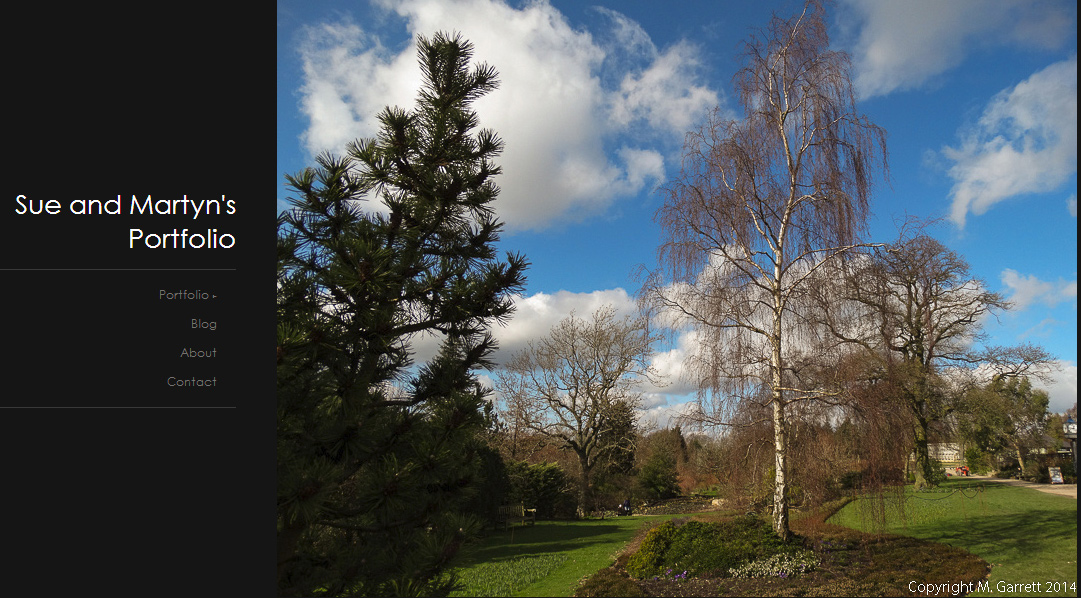Our first lot of brassicas have now been cleared. From this we managed to harvest a few vegetables including a cauliflower that was turning pink. Other than the colour it was fine. The pinkish tinge develops when the head is exposed to light and being the last head to be harvested, it had been subjected to more light than the ones picked earlier. The pink colour was just cosmetic and disappeared after cooking so didn't affect our enjoyment when eating it.
 |
| 25 July |
The week before last, we picked a couple of curved cucumbers, last week we harvested one that would almost pass the supermarket test. It may have been rejected on length grounds but it could out compete any supermarket fruit in a crispness challenge.
The Oullins Gage plums are ripening quickly now. Each year at some stage the wasps move in, so this year I decided to make a couple of waspinators using large brown paper bags. Wouldn't you just know it? These were hung up just before the first 'proper' rain we have had in a while so probably will be papier mâché when we next see them. I'll take a couple more bags just in case.
The plums were delicious so all I can say is that the wasps have good taste.
We picked our first three runner beans to add to the Cobra, French climbing beans. We have three varieties of each but the runner bean, Celebration and Cobra are the first to produce beans. Celebration is unusual for a runner bean in that it has pink flowers.
We picked our first three runner beans to add to the Cobra, French climbing beans. We have three varieties of each but the runner bean, Celebration and Cobra are the first to produce beans. Celebration is unusual for a runner bean in that it has pink flowers.
 |
| 28 July |
On the subject of flowers we have had plenty to choose from for cutting material. The dahlia below was one that had overwintered but we weren't sure of the colour. The resulting flower was a nice surprise.
The second of our new dahlias is Franz Kafka. This time unlike the first one to flower looks as it is supposed to.
The fluffy multi-headed flowers are ageratum. Short growing varieties are used as bedding plants. I had never come across the tall growing variety before so thought that I would give it a try. Now the pollen beetles have vacated the flowers, I decided to cut some. I'll definitely be growing them again next year.
The carnations pictured above were actually cuttings grown from material provided by some cut flowers that we bought. I posted about taking the cuttings here way back in 2014.
The sweet peas are now providing armfuls of flowers.
The Kestrel potatoes however, have been far less prolific. The potatoes below are the complete harvest from one root. We are hoping that it is just that Kestrel don't like the prevailing dry conditions and that the other varieties that we are growing fare better. Certainly the early Casablancas produced a better harvest. Another factor is that the ground where the Kestrel were planted is one of the roughest parts of our allotment so it will be interesting to see how the varieties growing alongside Kestrel have performed. One of the reasons that we grow a range of varieties is to try and cater for differing conditions.
For those of you who enjoy watching videos, Martyn put together a short film (about 6 minutes long), of the state of play of our potato crop to date.
For those of you who enjoy watching videos, Martyn put together a short film (about 6 minutes long), of the state of play of our potato crop to date.










































































